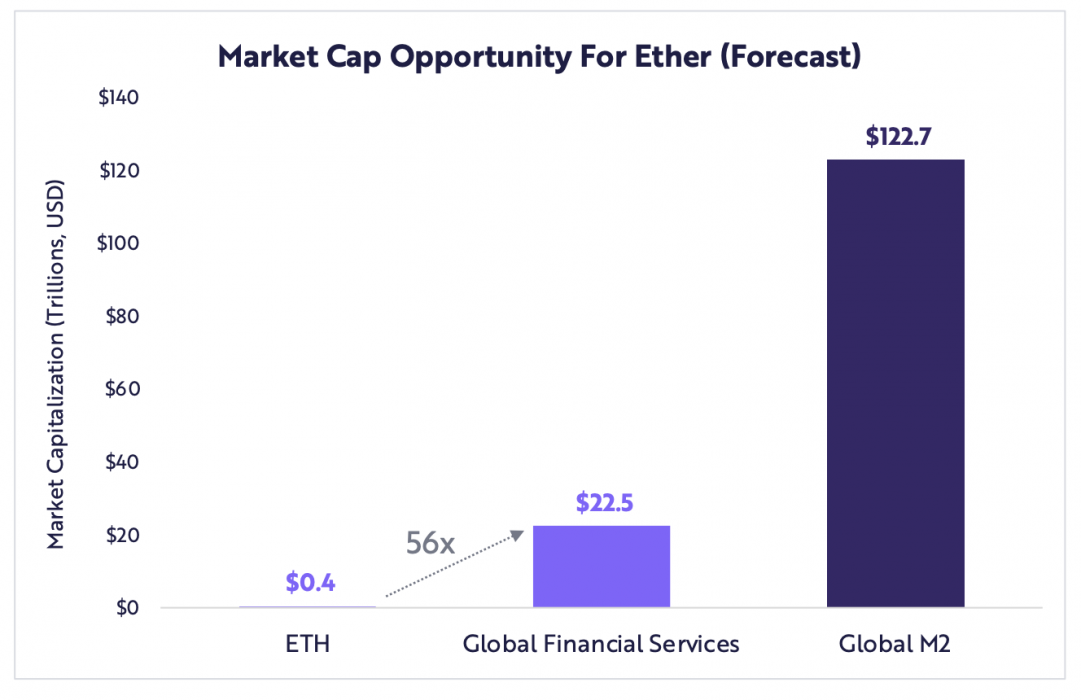A white hat hacker recently discovered a critical security bug on Optimism – a layer-2 scaling solution on Ethereum – that could have allowed him to exploit a set of smart contracts to print an unlimited amount of Ether (ETH). Instead, the hacker reported the issue to the Optimism team, who rewarded him with US$2 million for discovering the bug.
Jay Freeman, a software engineer who goes by the online handle of Saurik, discovered the bug on the project’s fork of Geth (Go Ethereum) – a popular standalone implementation for Ethereum-based protocols.
The Optimism team admitted in a blog post that the bug had been previously triggered by an Etherscan employee, and that it had gone unnoticed.
Analysis of Optimism’s chain history showed that the bug was not exploited. A fix for the issue was tested and deployed to Optimism’s Kovan and Mainnet networks (including all infrastructure providers) within hours of confirmation.
Optimism blog post
Freeman provided an in-depth insight into the discovery in a separate blog. “Exploiting this bug enables the attacker to have access to an effectively unbounded number of tokens” he said.
White Hat Hacker Saves the Day
White hat hacker is the term for ethical hackers who use their skills for identifying security issues in hardware or software networks instead of exploiting them.
The Optimism community praised Freeman’s detective work instead of taking advantage of such a situation, which could have spelled disaster for the platform:
While the DeFi community is filled with malicious actors waiting for their opportunity to attack, there are also numerous examples of white hat hackers working towards the greater good of the community.
Decentralised exchange SushiSwap, for example, almost went dark if it were not for the collective effort of a group of white hat hackers that prevented a potential US$350 million heist.
In December, popular Ethereum-based layer 2 scaling solution Polygon rescued all of its MATIC tokens – worth around US$24 billion – thanks to a white hat hacker who had discovered a security bug on the protocol, leading to a hard fork on the Polygon sidechain.













